Copenhagen Major: A Bitter Pill for Counter-Strike 2 Esports The Copenhagen Major was supposed to be Counter-Strike 2's triumphant debut on the world stage.
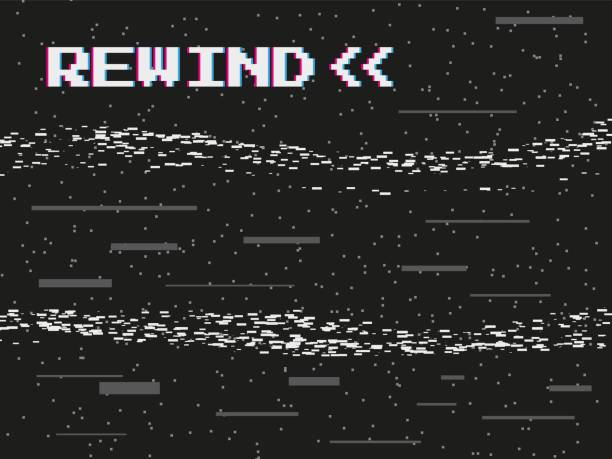
The Copenhagen Major was supposed to be Counter-Strike 2's triumphant debut on the world stage. After years of CS:GO dominance, the new engine, the promise of sub-tick accuracy, and the revamped visuals were all set to usher in a new era of competitive Counter-Strike. While the spectacle and storylines delivered, a persistent undercurrent of technical woes threatened to overshadow the entire event, leaving players and viewers alike with a nagging feeling that something wasn't quite right. As a former semi-pro player from the 1.6 and early CS:S days, and now a caster for smaller CS2 online leagues, I watched with growing concern as issues plagued the tournament, impacting competitive integrity and raising serious questions about the game's readiness for prime-time esports.
Specific Technical Issues: A Deep Dive
The issues weren't isolated incidents; they were persistent and varied, creating a frustrating experience for everyone involved. Let’s break down the most significant problems.
1. Inconsistent Hit Registration: This was arguably the most prevalent and infuriating issue. Players, analysts, and viewers flooded social media with clips showcasing blatant examples of shots that should have registered, simply not connecting. Take, for example, the match between Vitality and G2 on Inferno. During round 12, ZywOo, known for his pinpoint accuracy, clearly lined up a headshot on NiKo peeking mid, yet the shot seemingly vanished. The replay showed no obstruction, and NiKo's movement was predictable. This type of inconsistency creates immense frustration and undermines the core skill-based gameplay Counter-Strike is known for.
Hit registration problems weren’t exclusive to specific weapons, but seemed to be more pronounced with rifles, especially at longer ranges. Explanations ranged from server desync to client-side calculation errors, but the lack of clear communication from Valve left the community speculating.
2. Server Instability and Lag Spikes: Server performance issues manifested as sudden, inexplicable lag spikes during crucial moments. These weren't constant high ping situations; they were brief, jarring stutters that could throw off aim, disrupt movement, and ruin clutches. The Anubis map seemed to be particularly affected. In the match between Na'Vi and FaZe, multiple players reported significant lag spikes during key retake situations, notably around rounds 17-20. These spikes, often lasting only a fraction of a second, were enough to cause a player to miss a shot, mis-time a grenade, or lose track of their position. It's tough to say exactly why these server issues arose during crucial phases, but high server load and network congestion during peak viewership times could be potential culprits.
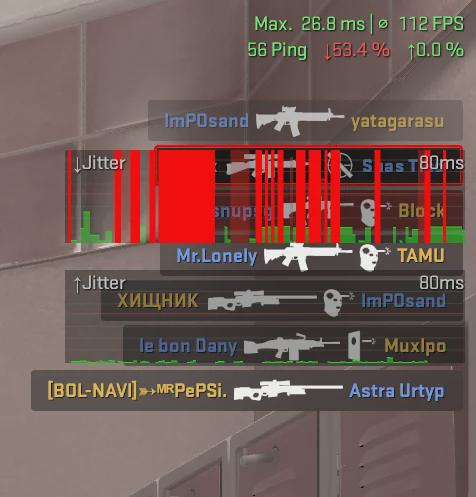
3. Suspicious Player Movements and Cheating Accusations: While top-tier Counter-Strike is defined by incredible skill and reflexes, some instances during the Copenhagen Major raised eyebrows. There were a few scenarios where player movements appeared… unnatural. I'm not talking about lucky flicks or impressive reads; I'm referring to instances of crosshair placement snapping directly to enemy heads through walls, or pre-aiming corners with seemingly impossible accuracy, even when no information was available. It's essential to emphasize that these were accusations and not proven cases of cheating. However, the frequency of these observations, coupled with the pre-existing technical issues, fueled speculation and distrust. The concerns were amplified further by a lack of transparency from Valve regarding their anti-cheat measures and any potential investigations.
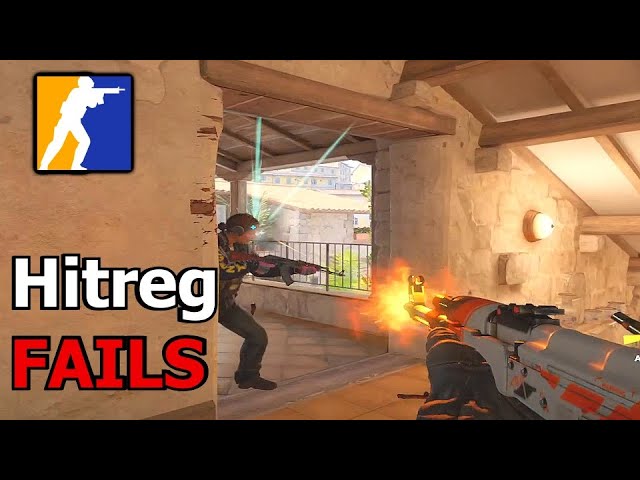
Impact on the Tournament: Eroding Competitive Integrity
These weren't just minor annoyances; the technical problems had a tangible impact on the tournament's outcome and overall viewing experience.
- Player Performance: Inconsistent hit registration directly affects confidence. When players can't trust that their shots will register accurately, they become hesitant, second-guessing their aim and decision-making. Lag spikes, even momentary ones, can completely throw off a player's timing and coordination, turning potentially winning situations into crushing defeats.
- Match Outcomes: When a crucial round is lost due to a server hiccup or a missed shot that should have connected, it can shift the momentum of an entire match. These instances can be particularly devastating in a best-of-three or best-of-five format, where a single round can be the difference between victory and defeat.
- Viewing Experience: As a caster, I can attest to the frustration of trying to narrate a match where the game itself seems to be working against the players. Viewers could see these issues unfolding in real-time, leading to widespread disappointment and skepticism. The joy of watching skilled players compete at the highest level was diminished by the constant specter of technical problems.
- Team Morale: Uncertainty breeds mistrust. When players suspect foul play or feel like they're fighting against the game itself, it can erode team morale and create internal friction. Strategic decision-making is also affected, as teams become reluctant to commit to aggressive plays, fearing that a technical issue will undermine their efforts.
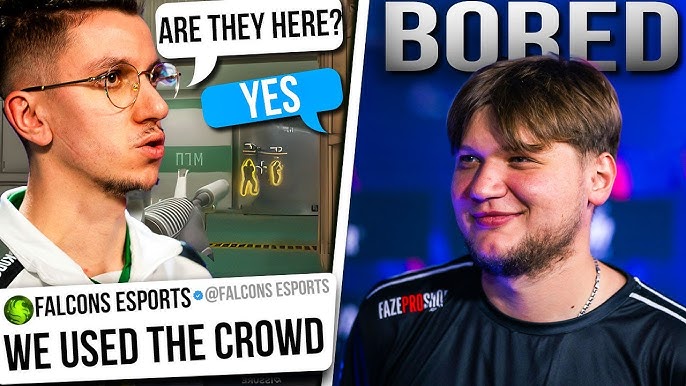
Potential Solutions: A Path Forward for Valve
Addressing these issues requires a multi-pronged approach from Valve. Here are some concrete steps they could take:
- Client-Side Anti-Cheat Improvements: While Valve's VAC system has been a mainstay for years, it's clear that it needs a serious overhaul to combat increasingly sophisticated cheating methods. Implementing a more robust client-side anti-cheat system, similar to those used in other competitive FPS titles, would be a significant step forward.
- Enhanced Server Infrastructure: Investing in better server hardware and network infrastructure is crucial to reduce lag spikes and improve overall server stability. This includes optimizing server locations, increasing bandwidth capacity, and implementing advanced network monitoring tools to identify and address potential issues in real-time.
- More Transparent Communication: Valve needs to be more transparent with the community about the steps they're taking to address these technical problems. Regular updates, detailed explanations of ongoing investigations, and open communication with pro players and tournament organizers are essential to rebuilding trust.
- Improved Hit Registration Algorithms: The hit registration issues need immediate attention. Valve should focus on refining the game's hitboxes, improving server-client synchronization, and potentially implementing client-side hit validation to reduce inconsistencies. Thorough testing and community feedback should be integral to this process.
- Increased server tickrate: Consider increasing the game's tickrate. More ticks per second can help alleviate some of the inconsistencies that arise from sub-tick updates, though this could increase server load. This is a complex issue, but one that needs to be considered.
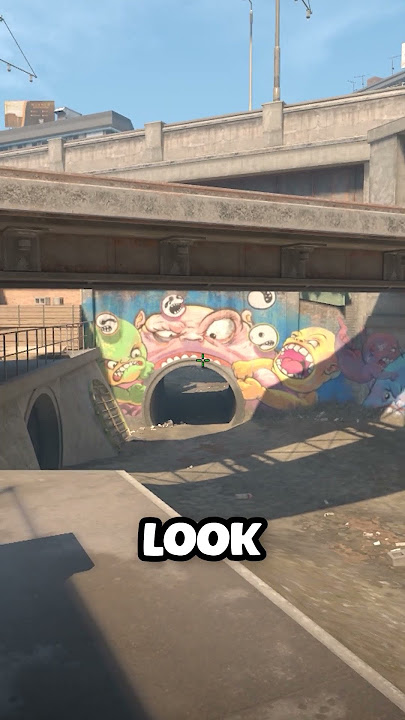
Conclusion: Protecting the Future of CS2 Esports
The Copenhagen Major, despite its exciting moments, served as a stark reminder that Counter-Strike 2 still has significant hurdles to overcome. The technical issues that plagued the tournament undermined competitive integrity, frustrated players and viewers, and cast a shadow over the game's potential as a premier esport.
Valve has a responsibility to address these problems with urgency and transparency. The future of CS2 esports depends on it. We need to see concrete action, not just promises. By investing in better anti-cheat measures, enhanced server infrastructure, and improved communication, Valve can restore faith in the game and ensure that future tournaments are decided by skill and strategy, not by technical glitches. It's time for Valve to step up and show the world that they are committed to protecting the competitive spirit of Counter-Strike 2.